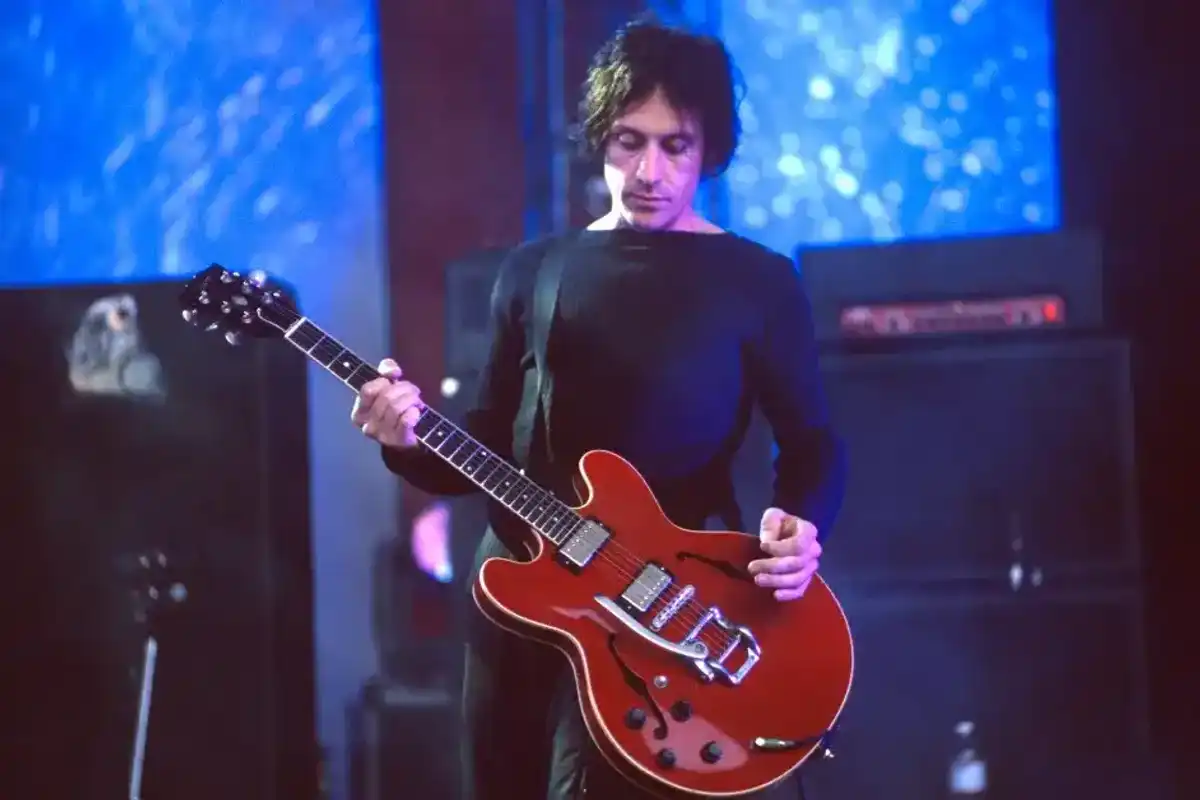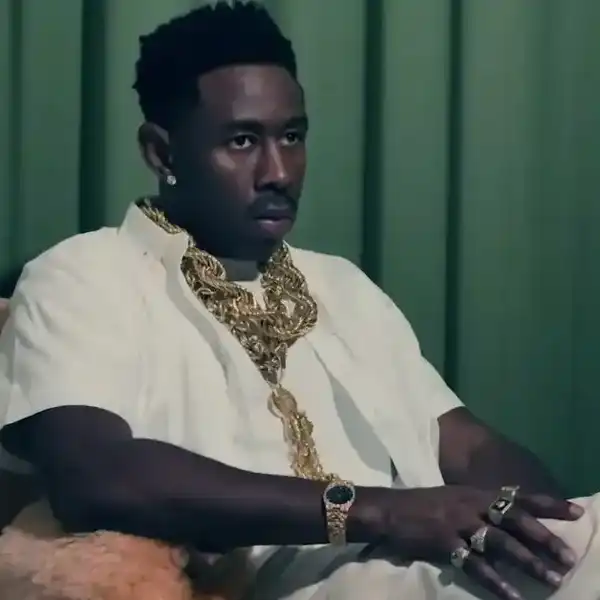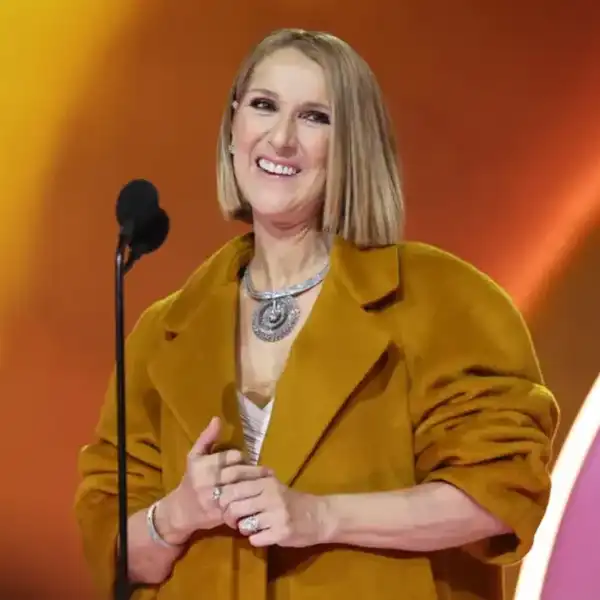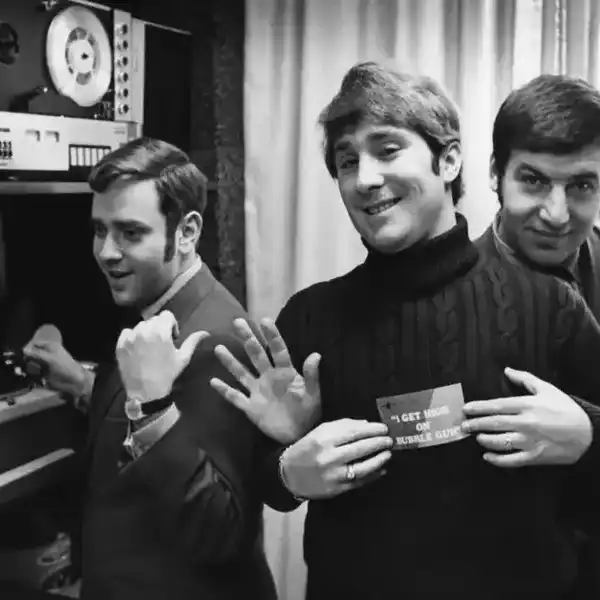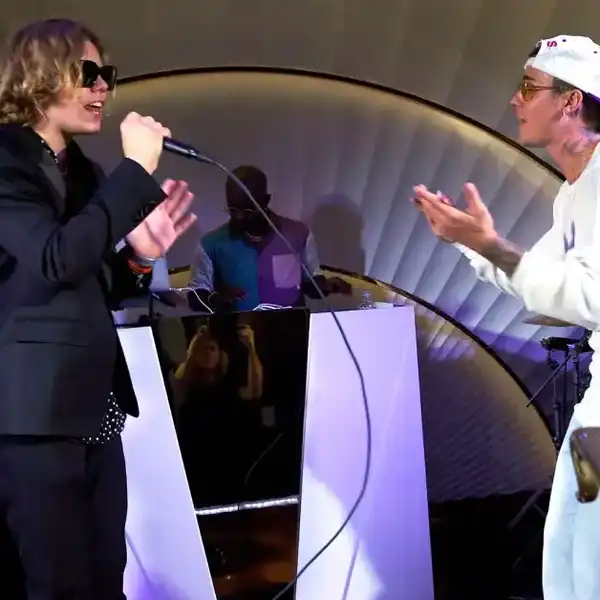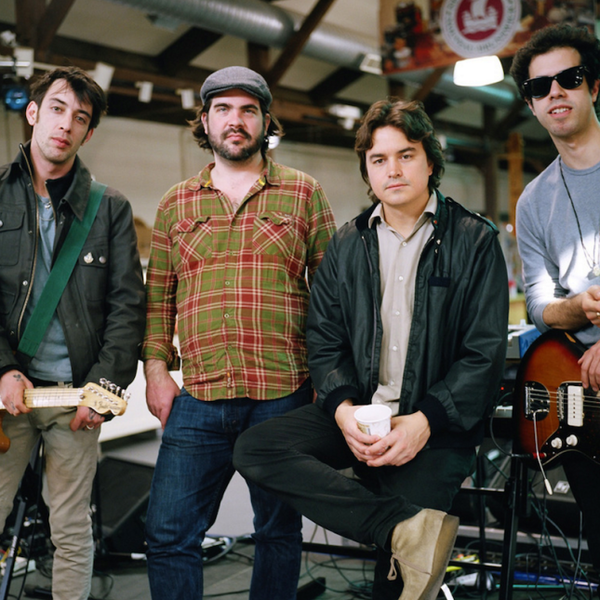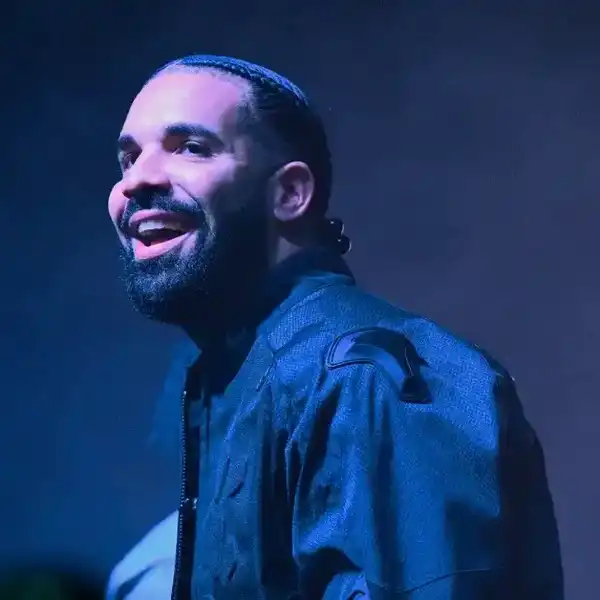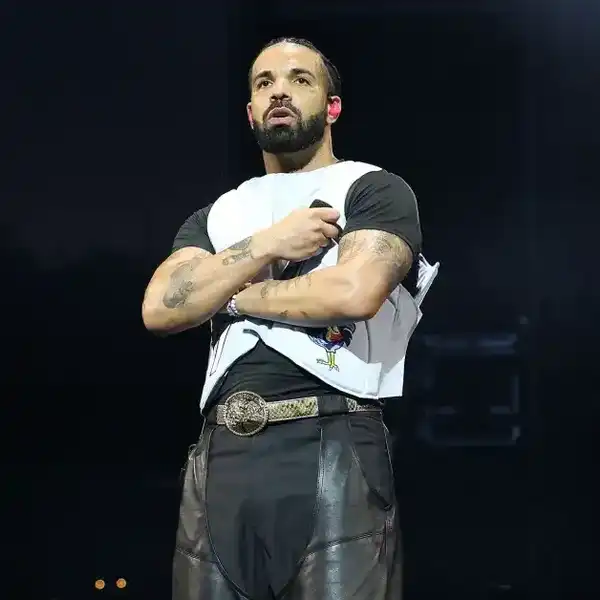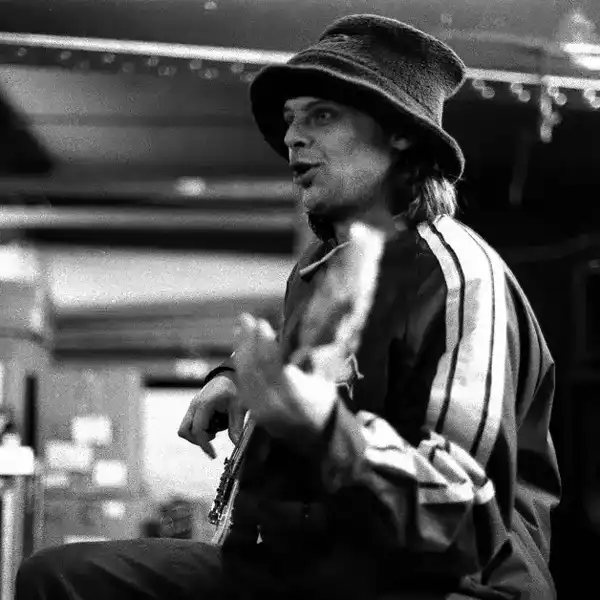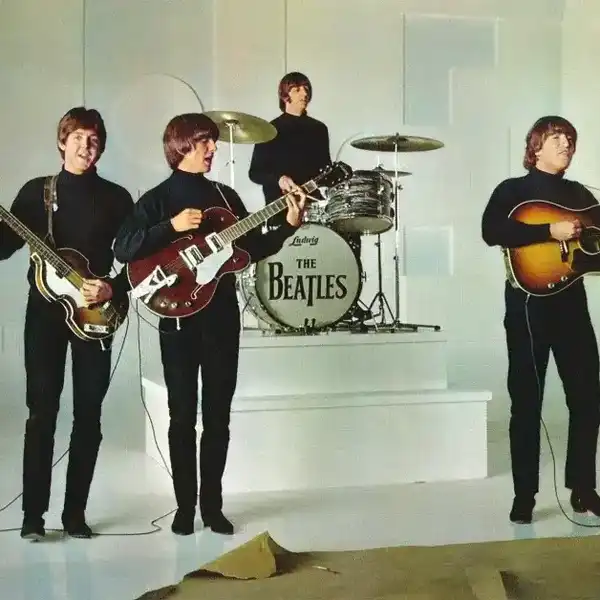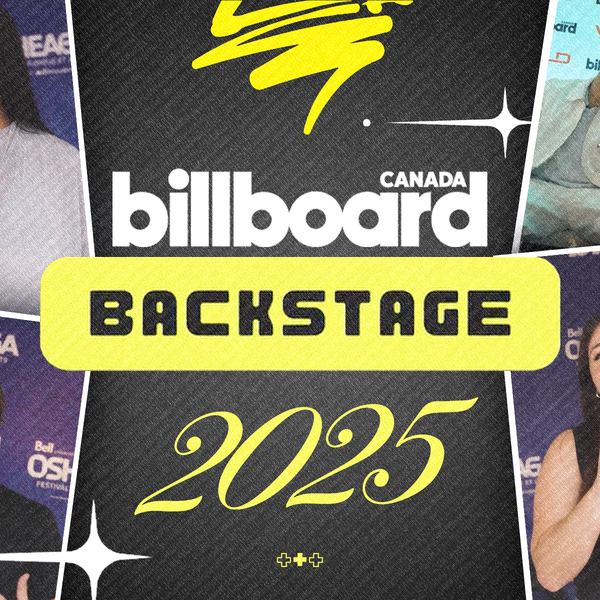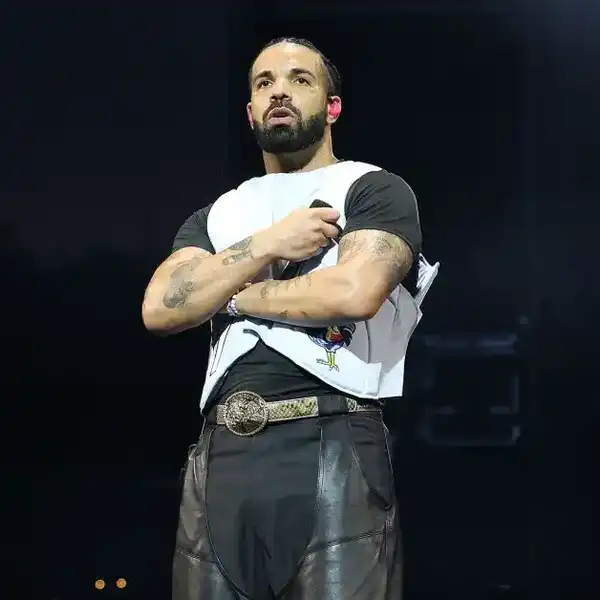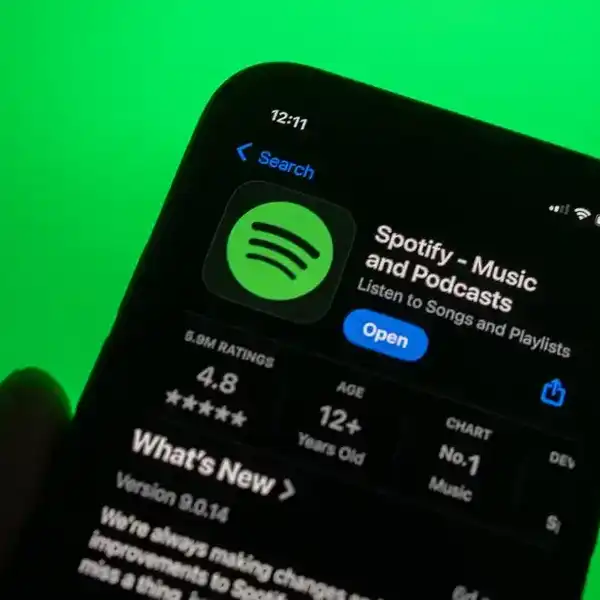An Interview with Canadian R&B Scholar Amara Pope on Drake, Justin Bieber and Jessie Reyez
In her dissertation "Canadians Redefining R&B: The Online Marketing of Drake, Justin Bieber, and Jessie Reyez," she delves into the underrepresented history of the genre.
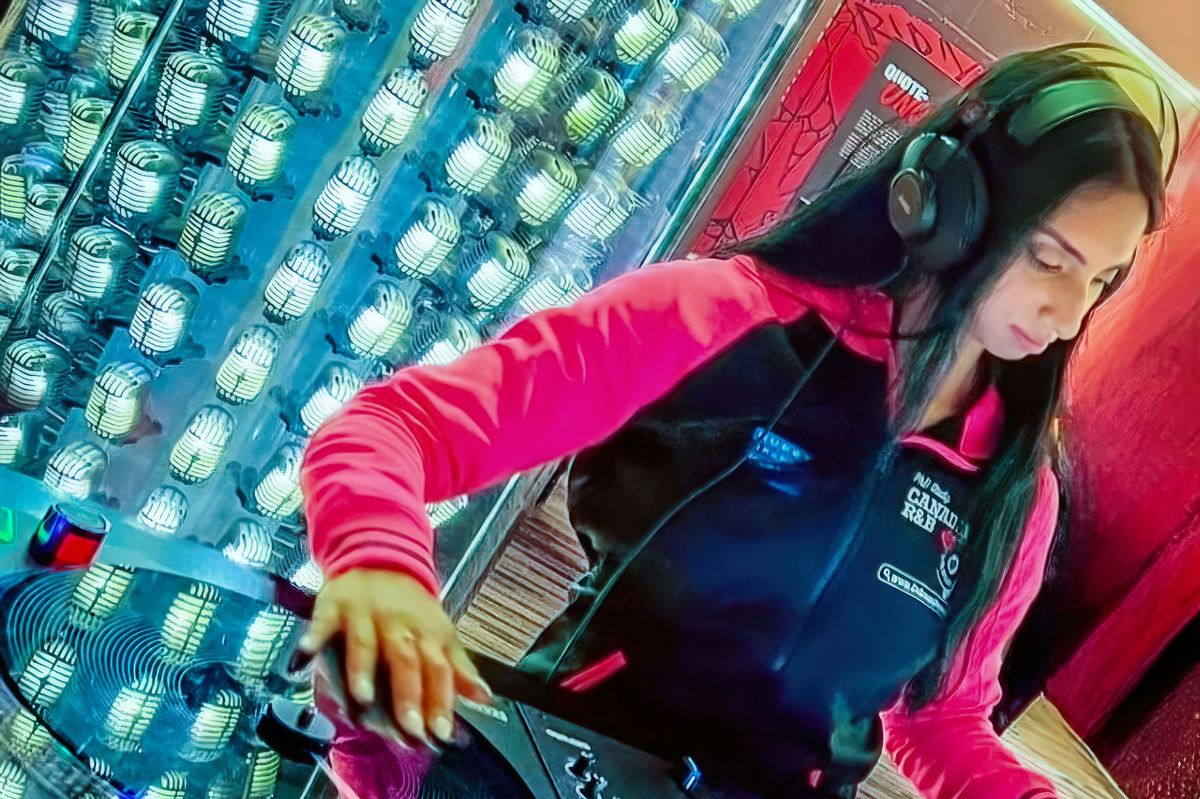
Amara Pope
Dr. Amara Pope's academic journey and exploration of the redefinition of Canadian R&B form a compelling narrative that intersects personal identity, multiculturalism, and the transformative power of music. In her PhD dissertation, "Canadians Redefining R&B: The Online Marketing of Drake, Justin Bieber, and Jessie Reyez," Pope delves into the underrepresented history of Canadian R&B, offering a critical analysis of the industry's racial and national dynamics.
Pope weaves together the stories of artists like Crack of Dawn, Oscar Peterson, Jackie Shane and Eleanor Collins, shedding light on their contributions to Canadian R&B often overlooked by mainstream media. Her research, enriched by interviews with music professionals and marketing executives, challenges the historical exclusivity of Canadian music representation, exposing the systemic bias toward white rock and folk artists, while relegating R&B to Black U.S. artists.
The heart of Pope's dissertation lies in her exploration of how Drake, Justin Bieber and Jessie Reyez, as prominent figures, broke barriers in the music industry to redefine Canadian R&B. Analyzing their performances during pivotal moments like the Black Lives Matter movement and the COVID-19 pandemic, Pope skillfully captures the essence of their impact on contemporary Canadian R&B in the digital era.
Beyond the academic discourse, Pope's personal journey from Scarborough to Elmira, navigating the complexities of her Trinidadian identity in predominantly white spaces, adds a profound layer to her work. Her dissertation becomes not just a scholarly endeavour, but a deeply personal reflection on the role of music in shaping identity and fostering a sense of belonging.
Pope dissects how Drake, Justin Bieber and Jessie Reyez reinforce, complicate, and challenge notions of "Canadian-ness" and "R&B-ness." She infuses personal narrative with academic rigour and creates a resonant piece that transcends the boundaries of traditional scholarly work, much like the artists she studies. In the end, Pope emerges not only as a scholar but also as a proud Canadian-Trini, who, through her research, embraces the complexity of her identity and encourages others to do the same.
Where did the idea for your dissertation come from?
It branched out from interest that I had even before beginning my postgraduate degrees and studies. I've always been interested in different forms of communication. In my undergraduate degree, I studied fine arts, rhetoric and professional writing. I did a joint honours bachelor's degree, so I was interested in the art forms of painting, sculpting, drawing, as well as persuasive writing. And then I did digital media specialization to look at the creative formats in the digital space. Then I did my master's degree in communication studies, and that's where I got the intersection with communications and music.
I'm no musician. I can't sing. I can't play an instrument, but I've always loved music. I found that music is such a beautiful way to experience things around you and make you feel heard and seen, when everything around you might not make you feel welcomed or a part of that community.
Growing up in a small town in Ontario, they knew us as the brown family in the corner house. I was the only brown girl in school. We were significantly and visibly different. And also culturally visibly. Growing up through school, I found that music was such a great outlet to feel heard and seen, and I loved seeing myself represented by some artists I listened to.
But I found this disconnect between the things I was studying and what I was actually experiencing in real life. I found that in academia and even mainstream media, the music I loved and loved experiencing through these different forms of communication. Through their lyrics, through their music videos, and just even in the narratives they told in interviews. Many canonical studies in academia or mainstream media did not include that. We just saw an uptick while going through my undergrad and graduate degree, with seeing more of the R&B music represented, but I hadn't seen it for a long time in my studies and in the classrooms that we were exploring different styles of communication.
During my master's degree, I explored communication, but through Drake, through an artist I loved, I felt resonated with me through his kind of backstory and the music he told and shared. I loved his music. I loved seeing him in Degrassi all the way into the music industry.
I wanted to explore how he was rising to the top and hitting his peak around 2016 when I was conducting my studies, and I also looked at how he generated a great audience through resonating with different demographics. I looked at how his different music videos touched on different communities.
Looking at his Jewish roots in one music video, representing his “quote unquote Canadian-ness” in other music videos, or his “American-ness” in some music videos. I thought he targeted different demographics in his different videos.
What is it about Drake that checks the boxes for you? Is it something rooted in the lyrics?
What Drake was doing, especially on the cusp of 2016, was creating music videos that ultimately embodied multiculturalism when you put them all together. So I looked at how “HYFR” focused on his Jewish roots. And then I looked at how in “Worst Behavior,” he represented his Canadian roots, while representing his background in Memphis, where his father lived. And then I looked at “Started From The Bottom,” where everything was branded Torontonian, where you saw signs of Toronto, him in a working-class position, moving to the higher-class position. He tried to represent these different lifestyles in different music videos. And that way, that was siloed. Different videos could represent or resonate with different audiences.
There's this fatigue with Drake. He's been in the spotlight for a long time. So that's part of the reason numerous audience members might roll their eyes now when they hear him or see him in a new marketing strategy. But while conducting the research for my master's degree. He was at his peak. I don't think that fatigue was there yet. I’ve completed my PhD. Seven years later he's still pumping out music, different genres, different styles. So I understand why that fatigue might be there for some audience members.
For me, when I started my research with him, I found he represented the different siloed identities that I felt in different environments. At school, I personified a distinctly Canadian identity, embracing a North American approach to communications and relationships. However, within the confines of my home, my Trinidadian roots were unmistakable. We listened to Trinidadian music, had Trinidadian cultural foods, so I felt that siloed connection that he also represented in his videos.
When we think of Trinidad, we think of the Caribbean festival and steel pans. There is also the poet of the Caribbean, Anthony Joseph, and the recording “People of the Sun.” Spoken word that traces the history of the island through jazz, hip hop and island grooves as a contemporary historical music document. Awe-inspiring.
How far back do you investigate the roots of African Canadian R&B?
That's the history portion of my PhD. In my PhD, what I had explored was the branding and marketing strategies of contemporary artists. I wanted to look at how Drake, Justin Bieber and Jessie Reyez used online marketing to break into that industry. But before I did that, I wanted to look at that history and how they did it differently with the online space versus what other artists were doing before that social media craze began.
And when I looked for that history, I realized that much remained undocumented in academia. I found that there didn't exist many canonical texts that talk about the history and rise of Canadian R&B music. I did my research and looked at the few articles that were there and then went to the press. I examined more of the popular cultural texts, such as interviews and magazine articles, to explore the various ways Canadian R&B music was portrayed in popular culture. Despite their limited availability, I could find some relevant sources. I examined the history of Canadian R&B, starting from minstrel performances, and I explored the representation of Black identities in Canada and the U.S. Music played a significant role in perpetuating negative stereotypes and establishing a connection between music genres and Black identities. I found that as R&B, blues, jazz, these different styles of music developed and branched out into different sonic sounds and styles. Many of these music genres maintained their association with Black identities, and Canadian society pushed them to the periphery.
When Canada created its first magazine and awards dedicated to Canadian art, Canadian music, to create a national sound, we excluded many of those Black genres. I found that Canadian R&B encompassed many immigrant sound styles and cultures working together in the periphery of society to break in. Many Canadian R&B artists sought the assistance of American artists or U.S. artists and producers to gain recognition, ultimately being celebrated in Canada. I look at artists like Crack of Dawn, for example, they were outselling bands like Earth, Wind and Fire, and yet they weren't getting signed in Canada. They had to go to the States in order to receive recognition, and be finally celebrated in Canada, and signed. Crack of Dawn's Rupert Harvey has often stated he remains excluded from the history of Canadian music. I had to uncover that history of Canadian R &B before I looked at what the contemporary artists were doing.
The Mighty Pope and Frank Motley were prominent figures. Jackie Mittoo to a certain extent. Wayne McGhie.
I speak about them, as well as Jackie Shane. But unfortunately, my dissertation is only one. This could have been multiple when I look at Canadian R&B history. What I offer is an episodic history. I focus on certain artists, like Jackie Shane, like Crack of Dawn. For example, The Shades. I make this episodic history to touch on these different decades leading up to what I call contemporary R&B. And that includes hip-hop artists, like Maestro Fresh Wes, Michie Mee, Kardinal Offishall, who took part in hip-hop when it became this mixture of hip-hop and R&B in the 1990s and early 2000s.
Many came from Scarborough.
Yes, I focus on that. Toronto is essentially where I pivoted a lot about this history. I found Toronto had so many R&B clubs in the 1960s and 70s. I discussed this too. In those clubs, they often hired American artists before Canadians. There was a rise in culture there, but it failed to be supported by many Canadian music media.
Le Coq d'Or Tavern and Club Bluenote in Toronto were prime showcases, but many local bands were white in composition. A good many mixed colour bands played the fringes of Toronto and up the 401.
100%. While you touched on the idea of white artists covering music created originally by Black artists, that’s something I heavily discussed in my dissertation, even with the participation of Justin Bieber in R& B. That's controversial to this day to talk about white artists participating in R&B.
I start with talking about Elvis Presley and how he initially covered many Black artists before recognized as one of the biggest pop or rock artists in the world. And his producer (Sam Phillips) originally stated he wanted and intentionally took music created by Black artists, and had a white performer create the same music to popularize R&B, because he had originally had an R&B studio that lacked funding and experienced a lot of racism. He was a white producer who helped many Black artists record their music. He had to make that switch to having a white artist re-record the music of Black artists, because he wasn't getting the capital he needed to expand his business.
Popular music is the marriage of different societies. Jewish songwriters and entrepreneurs at the turn of the last century, Black entertainers with unrivaled skills, Italians with mad passion and connections. Caruso, Scott Joplin, Eubie Blake, Ma Rainey, Irving Berlin. The rise of theatres. The Lafayette, Apollo, Massey Hall. All cultures benefited from the bandstand hang. The social interactions and cross-cultural influences.
Even the Crew Cuts, when they perform "Sh-boom," take the song from Black artists and claim not to be necessarily appropriating but contributing to the culture. When I talk about Justin Bieber participating in R&B, I suggest it's important to understand where that history came from. All three artists, Drake, Justin Bieber, Jessie Reyez, offer their own interpretations and add their own experiences.
Much of the focus I have is on those Caribbean immigrants. Michie Mee, Maestro Fresh Wes, Kardinal Offishall, Choclair, and many others in that hip-hop community turned the dial and represented Canadian R&B and hip-hop during that era. What happened with Drake, Justin Bieber and Jessie Reyez is they then had access to the online space to amplify those voices. Many came before them, and that's why I kind of start that history all the way from the minstrel performances to the present day.
When Drake shot part of his video with Rihanna to “Work” at the Real Jerk at Carlaw and Gerrard, it blew up. It lit up the community knowing that a video from an artist with a reputation of Drake would showcase a business in our community of Toronto.
He’s done that since the beginning, like I said, started from the bottom. For example, they filmed many of those scenes in Canadian spaces. I find that is important, representing a very Canadian identity. He has the sign of “Toronto Parks and Recreation” within the first few seconds of that music video to highlight. That's where I'm from, that's what I'm representing. Like I said, artists before that, like Kardinal Offishall inserted his “Canadian-ness” in the lyrics of his music, just like Maestro Fresh Wes and Michie Mee did.
Michie Mee had an album called Jamaican Funk—Canadian Style, and it's important to have that Canadian, Jamaican representation. Maestro Fresh Wes had an album called Naaah, Dis Kid Can't Be from Canada. These titles represented “Canadian-ness” in the American charts.
They made themselves distinctly Canadian from the get-go. And I think that was important to them to represent the communities they came from.
What are you working on now?
I am happy to discuss the dissertation. It's been a seven-year project. Wow! I've interviewed 35 music industry professionals and marketing executives to conduct that study and research so much about Canadian R&B. I looked at the contemporary work Drake, Justin Bieber and Jessie Reyez were creating. And during that research, I mentioned that history wasn't there, and I had to do that historical section of the dissertation, which was unexpected. The COVID pandemic hit, and that added another layer to my analysis, where I looked at digital marketing trends accelerating during that time, but it made it an optimal time for me to conduct that research.
This whole session took me seven years to do the analysis, the textual studies, the interviews, and now I finally have time to reflect on it. It's been hectic. Seven years with my head in the ground, just working on it. The same week I technically graduated, the dissertation was sign, sealed, completed and finally posted.
Drake changed marketing. He would eventually bypass traditional marketing strategies and drop a side when appropriate. Completely revolutionized music. Same way with Beyonce.
One thing I want to state with Drake, too, is that although he could bypass the labels, he was still working with Jazz Prince and many music industry gatekeepers at the time who had access to networks. Although he could use his online following and even pull it from Degrassi, his local audience that he had already established, he still had those networks developing without a label. Even without being signed, he had a meeting with Lil Wayne and was able to go on his tour bus. He developed a lot of relationships prior to signing, which is great because it debunks the myth that he did it on his own. It was still revolutionary that he could market himself as an unsigned artist to appear on all these mainstream outlets and gain that following prior to the official signing. I think it was also a marketing tool for him to state that. And I think that's why he even held off a little bit to sign, because he had the network there and had those relationships formed already.

